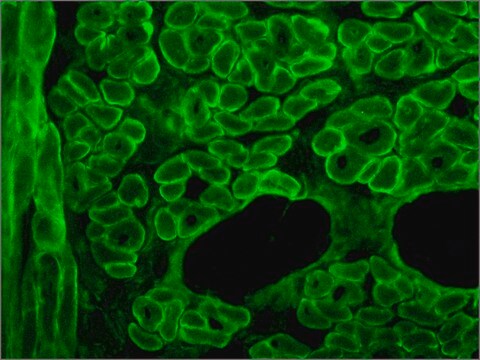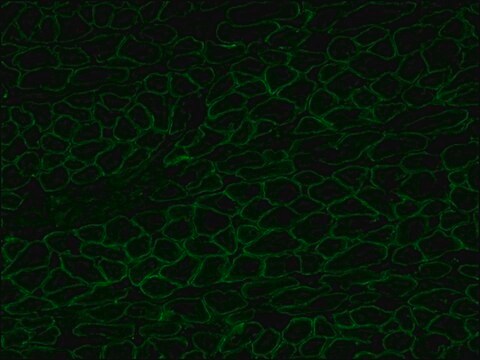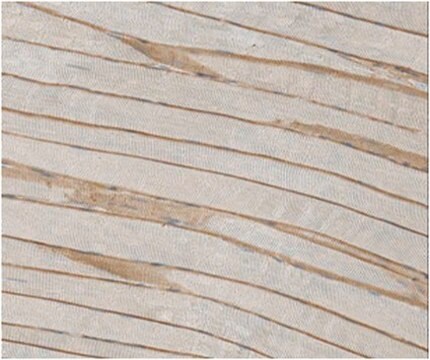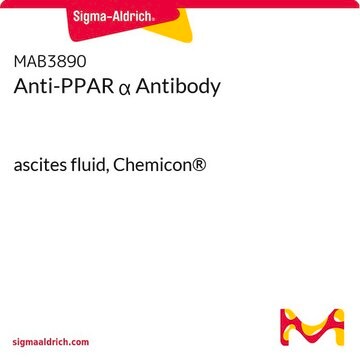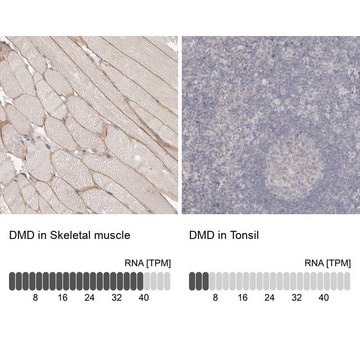SAB4200763
Anti-Dystrophin antibody, Mouse monoclonal

clone MANDRA1, purified from hybridoma cell culture
Synonim(y):
Anti-DMD
About This Item
Polecane produkty
pochodzenie biologiczne
mouse
Poziom jakości
forma przeciwciała
purified from hybridoma cell culture
rodzaj przeciwciała
primary antibodies
klon
MANDRA1, monoclonal
Postać
buffered aqueous solution
masa cząsteczkowa
~427 kDa
reaktywność gatunkowa
zebrafish, rat, mouse, human
rozszerzona walidacja
independent
Learn more about Antibody Enhanced Validation
stężenie
~1.0 mg/mL
metody
immunoblotting: suitable
immunofluorescence: suitable
immunohistochemistry: 10-20 μg/mL using acetone fixed rat tongue frozen sections
izotyp
IgG1
numer dostępu UniProt
Warunki transportu
dry ice
temp. przechowywania
−20°C
docelowa modyfikacja potranslacyjna
unmodified
informacje o genach
human ... DMD(1756)
Powiązane kategorie
Opis ogólny
Specyficzność
Zastosowanie
- immunohistochemistry
- immunoblotting
- immunofluorescence
- enzyme-linked immunosorbent assay (ELISA)
Działania biochem./fizjol.
Postać fizyczna
Przechowywanie i stabilność
Oświadczenie o zrzeczeniu się odpowiedzialności
Not finding the right product?
Try our Narzędzie selektora produktów.
polecane
Kod klasy składowania
10 - Combustible liquids
Temperatura zapłonu (°F)
Not applicable
Temperatura zapłonu (°C)
Not applicable
Certyfikaty analizy (CoA)
Poszukaj Certyfikaty analizy (CoA), wpisując numer partii/serii produktów. Numery serii i partii można znaleźć na etykiecie produktu po słowach „seria” lub „partia”.
Masz już ten produkt?
Dokumenty związane z niedawno zakupionymi produktami zostały zamieszczone w Bibliotece dokumentów.
Nasz zespół naukowców ma doświadczenie we wszystkich obszarach badań, w tym w naukach przyrodniczych, materiałoznawstwie, syntezie chemicznej, chromatografii, analityce i wielu innych dziedzinach.
Skontaktuj się z zespołem ds. pomocy technicznej